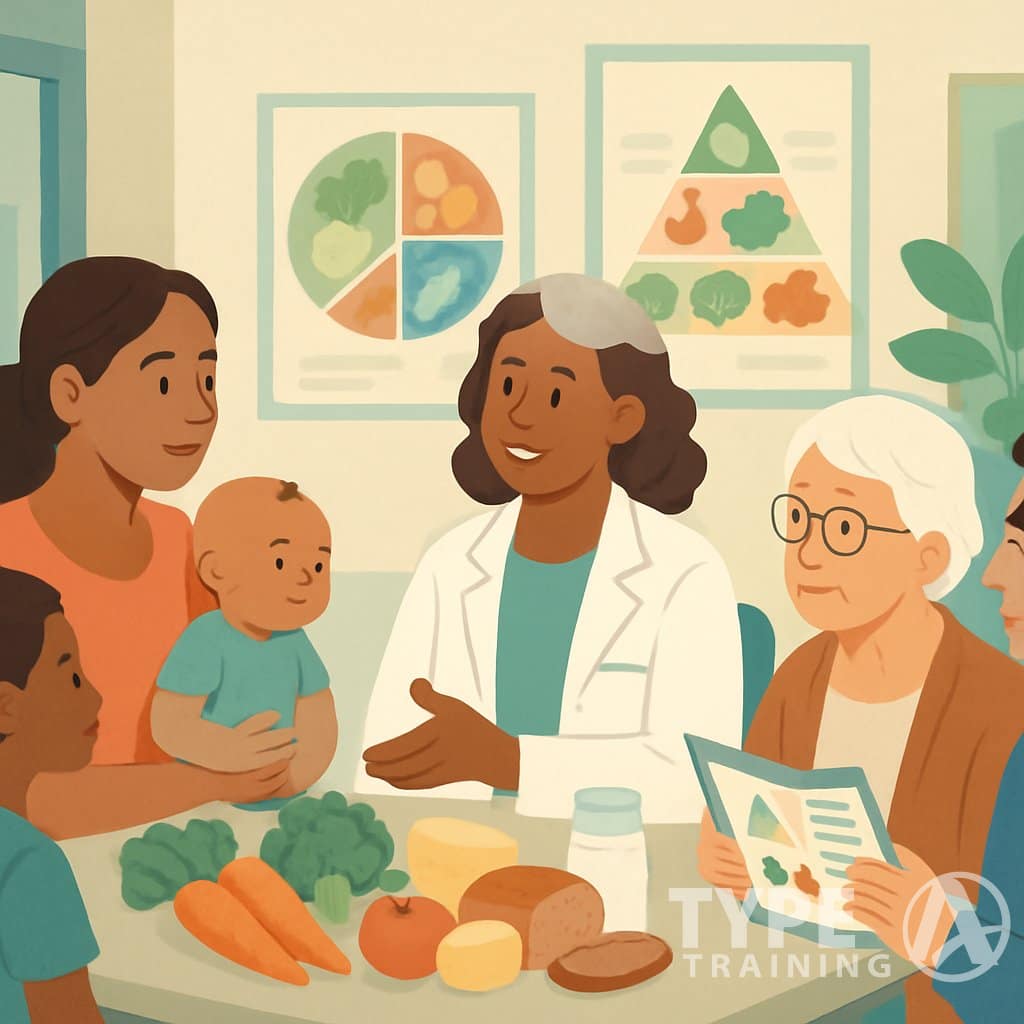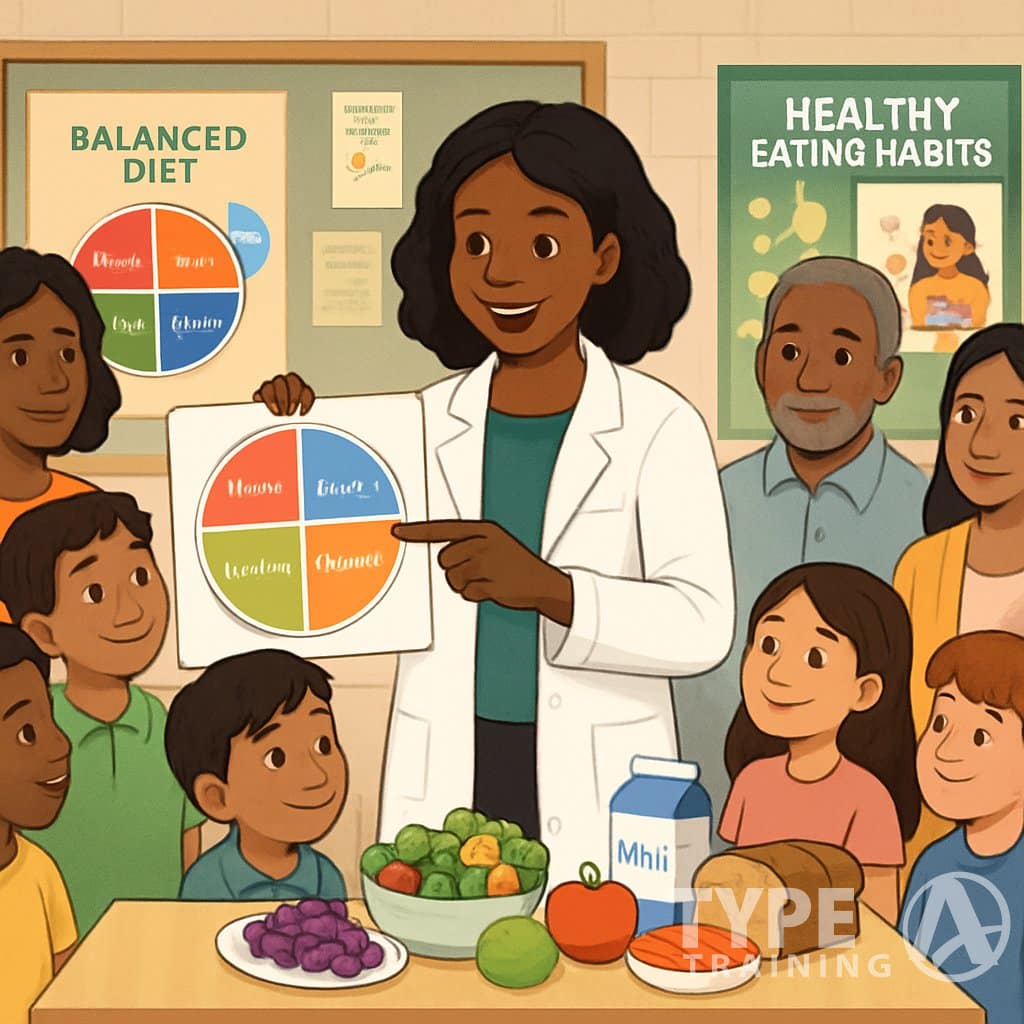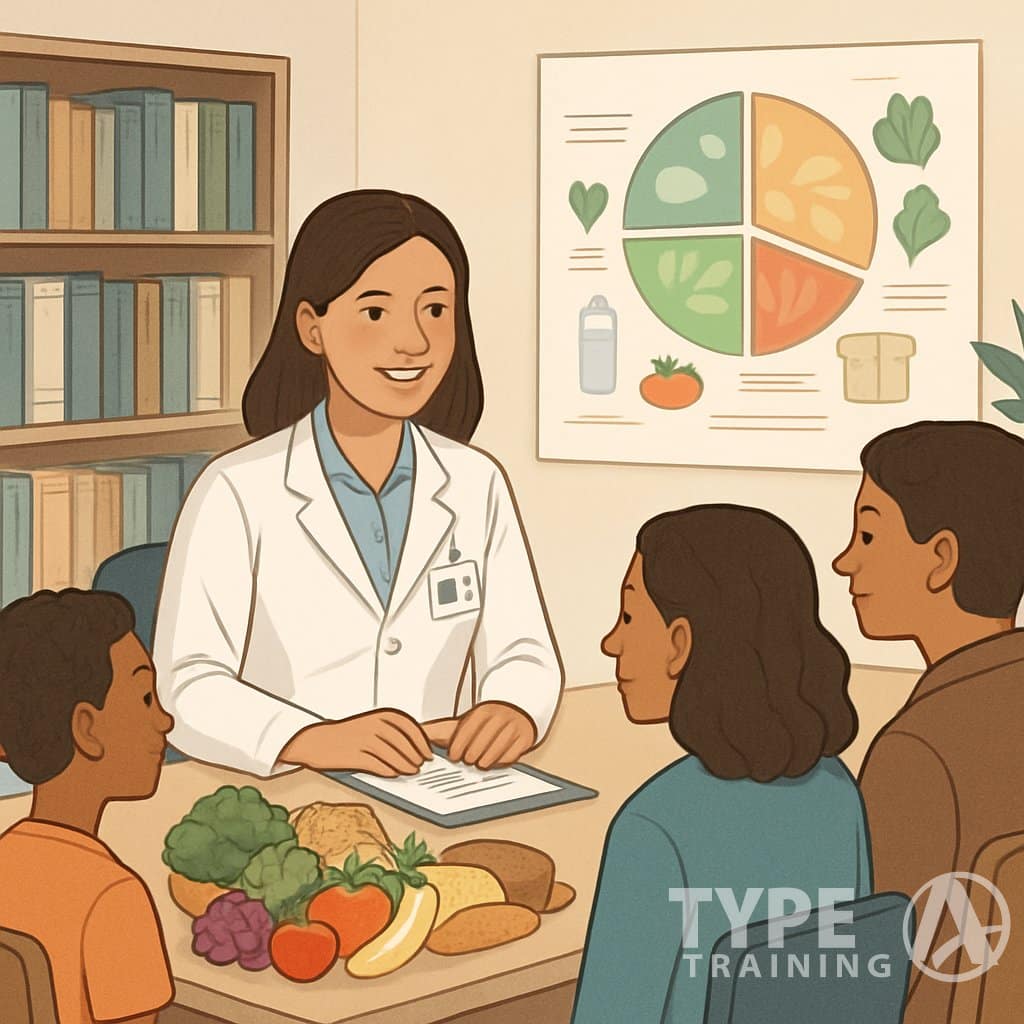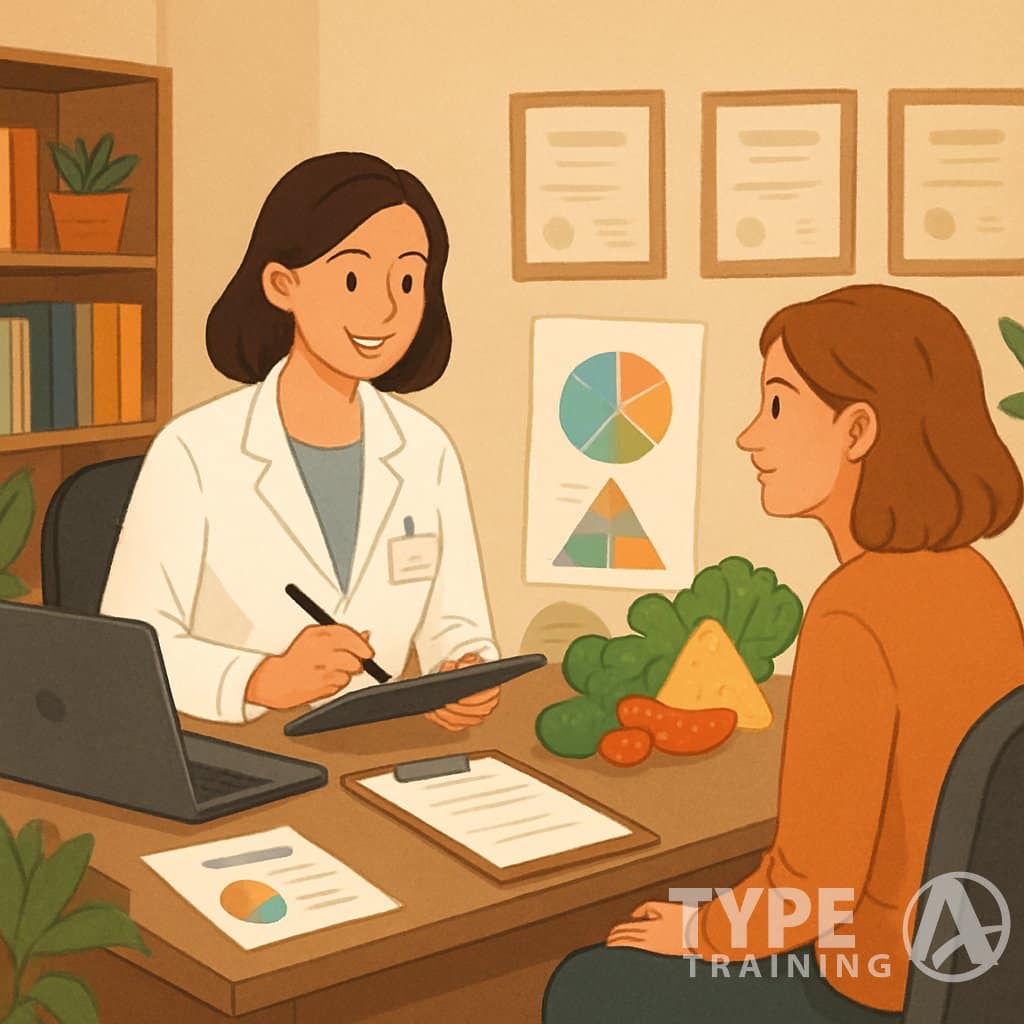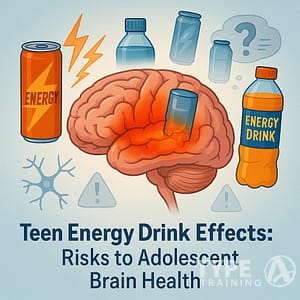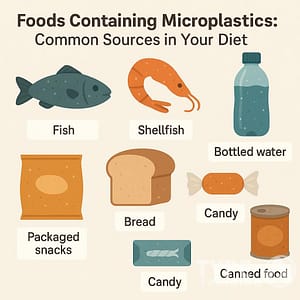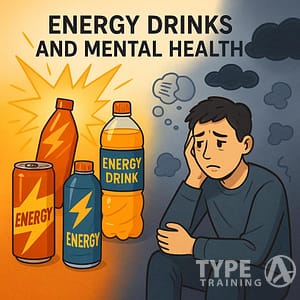A lot of people wonder what nutrition services actually cover and how they might help with health goals. Nutrition services offer personalized food advice, medical nutrition therapy, and support for health issues like diabetes, heart disease, and weight management.
Registered dietitians and nutritionists provide these services in hospitals, clinics, private practices, and community programs.
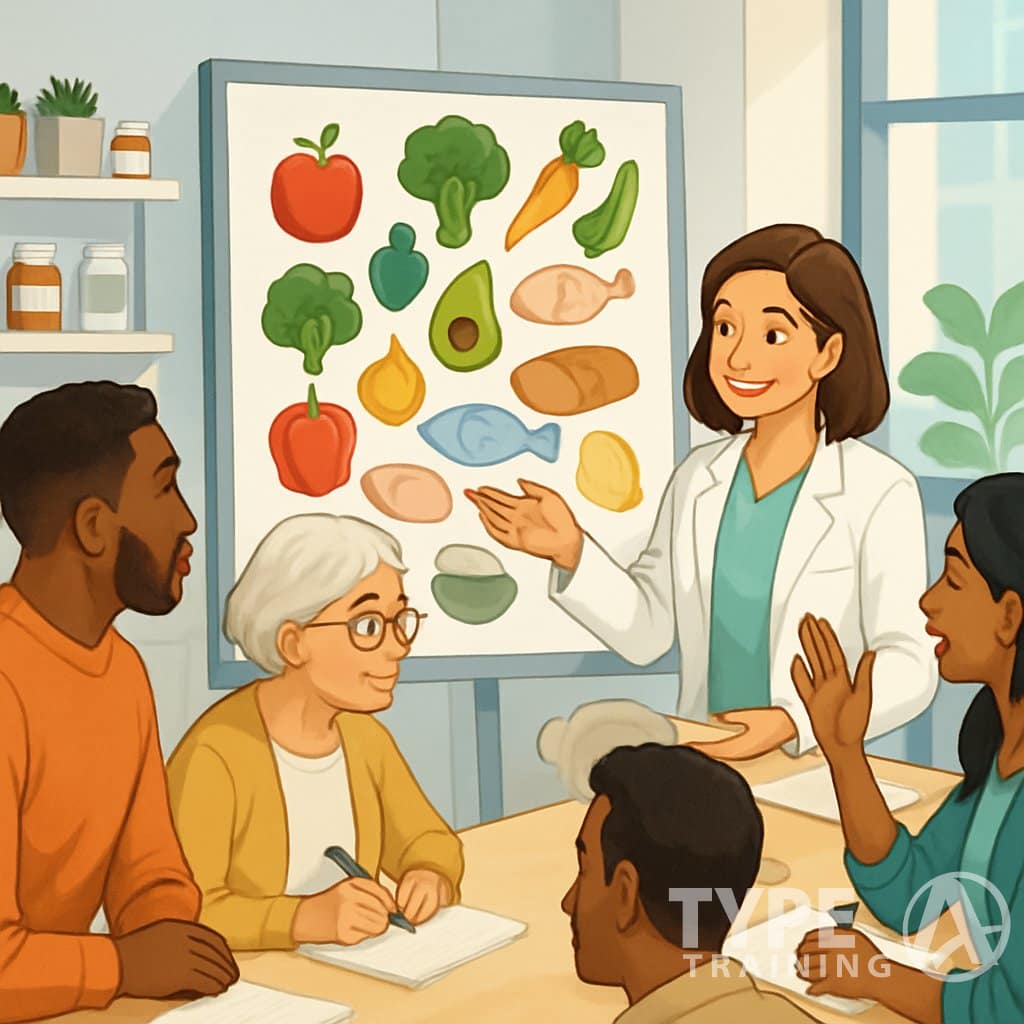
Depending on your insurance and the service you want, you might need a doctor’s referral to see a registered dietitian. At your first appointment, the nutrition expert will ask about your medical background and eating habits.
Popular posts:
They’ll help you come up with a plan that fits your health goals and lifestyle.
Nutrition services help people at all stages of life—pregnant women, kids, adults with chronic conditions, you name it. Some programs, like WIC, give free nutrition support and healthy foods to low-income families.
If you’re looking to lose weight, manage a health condition, or just want to eat better, nutrition services can point you in the right direction.
Key Takeaways
- Nutrition services give you custom meal planning and medical nutrition therapy from trained professionals.
- You might need a doctor’s referral and should expect questions about your health and what you eat at your first visit.
- These services come through different programs, including free community options for some families.
What Nutrition Services Offer
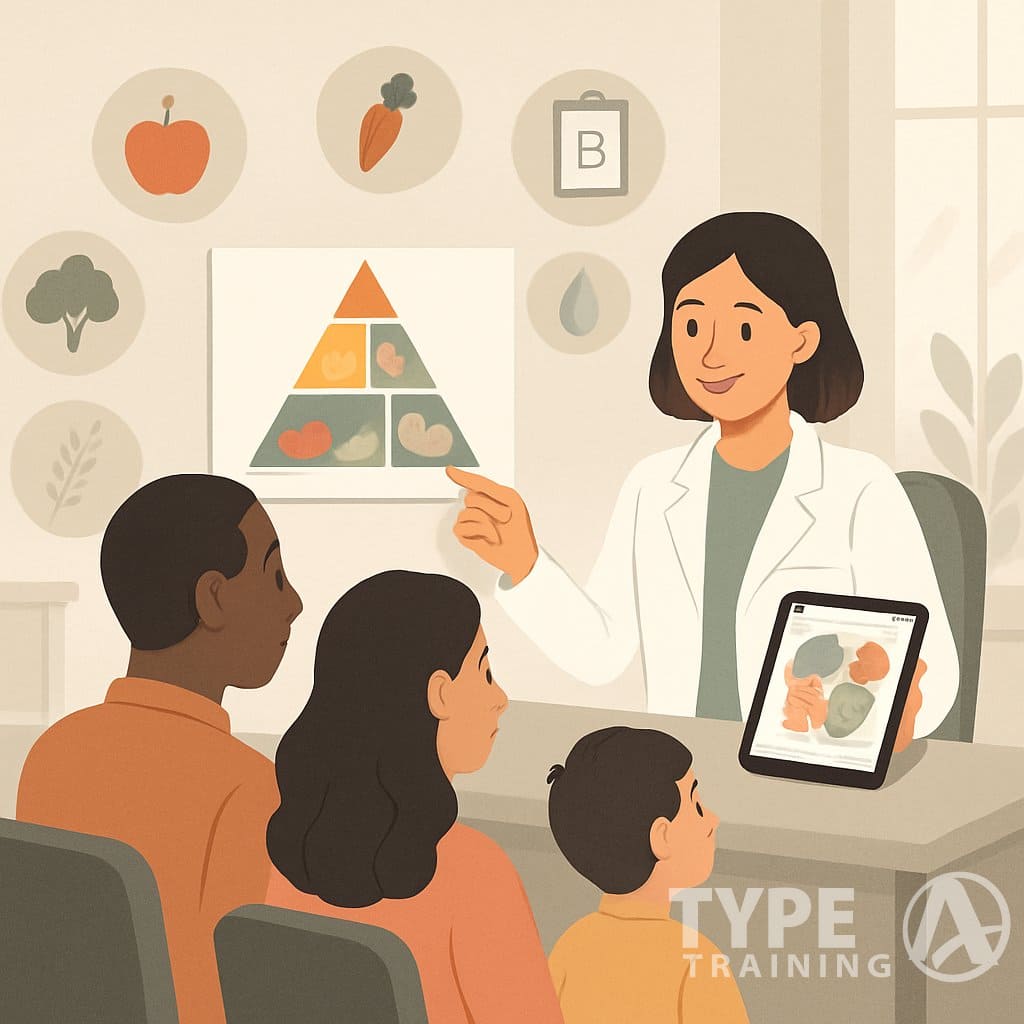
Nutrition services connect you with experts who help you eat better and improve your health. They create personalized meal plans and teach you about making healthy food choices.
Types of Nutrition Services Available
One-on-one nutrition counseling is super common. You meet with a nutrition pro, talk about your goals and habits, and get a meal plan made just for you.
Group nutrition classes teach healthy eating basics to a bunch of people at once. These are usually more affordable than private sessions and can be more fun with others around.
Insurance-based nutrition coaching helps you use your health insurance for services. Many plans cover nutrition counseling for things like diabetes or heart disease.
Specialized programs go beyond basic counseling. You might get:
- Menu and recipe planning
- Grocery store tours
- Food allergy testing
- Text or email support between visits
Government nutrition programs focus on specific groups. WIC helps pregnant women and young kids with food and nutrition education. Summer programs feed kids when school’s out.
Who Provides Nutrition Services
Hospitals and clinics have nutrition pros who help patients manage diseases with diet changes.
Private practice nutritionists work solo or in small groups. You can visit their offices for personal advice. Some take insurance, others want cash or card.
Grocery stores like H-E-B have dietitians who help you shop smarter and read food labels. Honestly, that makes healthy eating way less confusing.
Schools and community centers run nutrition education programs for families, especially those on tight budgets.
Role of Registered Dietitians and Nutritionists
Registered dietitians finish college degrees in nutrition and pass a national exam. They keep their licenses up to date with ongoing classes.
Most insurance covers only registered dietitians.
Nutritionists have different training depending on state rules. Some have a lot of education, others just basic certificates.
It’s smart to ask about their background before you start.
Both types of pros help you figure out what foods your body needs. They’ll show you how to read food labels and plan balanced meals.
They also help you manage conditions like diabetes or high
Eligibility and Access to Nutrition Services
Getting nutrition assistance depends on your income, household size, and sometimes health risks. Each program sets its own rules and needs different documents.
How to Qualify for Nutrition Programs
SNAP eligibility depends on your household income and size. Your total monthly income must be under federal poverty limits.
Most families need to meet both gross (before deductions) and net income limits.
You’ll also need to keep assets—like money in the bank or certain property—below a set amount.
WIC helps specific groups. You must be pregnant, breastfeeding, or have kids under age 5.
Your income can’t go over 185% of the federal poverty line, which is actually higher than SNAP’s limit.
You also have to live in the state where you apply. Some places have waiting periods for new residents.
Work requirements exist for some SNAP users. Adults 18-49 without kids must work or train 20 hours a week.
Students have their own set of rules. Full-time college students usually can’t get SNAP unless they work or meet certain exceptions.
Application Process and Documentation
Required documents are mostly the same across programs. Bring proof of identity—like a driver’s license or state ID.
You’ll need proof of address, like a utility bill or lease.
Social Security numbers are required for everyone applying. If you don’t have one, you’ll need to apply for it.
Income proof includes pay stubs, tax returns, or letters from your boss. If you’re self-employed, business records work.
Bank statements from recent months show your assets. Include all checking and savings accounts.
You can apply online, by phone, or in person. Online is usually fastest.
Processing times range from a week to about a month. Emergency cases move quicker.
Missing paperwork slows things down, so try to have everything ready when you apply.
Understanding Nutritional Risk
Nutritional risk matters most for WIC. It means you’ve got diet-related health problems or poor eating habits.
Risks include anemia, being underweight or overweight, or not eating well. High
Health pros decide risk at your WIC visit. They check your height, weight, and blood levels.
They’ll ask about what you usually eat. Not getting enough fruits, veggies, or whole grains can put you at risk.
Some people qualify automatically. If you get SNAP or Medicaid, you probably meet WIC’s income rules.
Pregnant and breastfeeding women often qualify since their nutritional needs go up.
Kids’ growth patterns matter for WIC. If a child is too short or light for their age, that’s a risk.
If you’ve used nutrition programs before, keep records—they can help you qualify again.
Nutrition Services in Schools and Communities
School nutrition programs serve millions of meals every day through federal programs like the National School Lunch and Breakfast Programs. These services also reach into community programs, childcare centers, and summer food services.
Some schools make special meal accommodations for students with food allergies.
School Meal Programs and Nutrition Standards
Registered dietitians plan menus for schools and often taste-test new recipes with students. They use student feedback to shape what ends up on the menu.
The USDA Child Nutrition Program sets tough menu and nutrient rules for school meals. The Healthy Hunger-Free Kids Act made these standards even stronger.
Current nutrition standards require:
- Fresh fruits and veggies every day
- Whole grains first
- Low-fat or fat-free milk
- Less sodium
- Age-appropriate portions
Research says school meals are now some of the healthiest foods kids eat. Schools serve adults the same portions as older students, but adults pay more since there’s no federal help for their meals.
A la carte options vary, but you’ll often see fruit, yogurt, milk, juice, and cookies. Parents can set spending limits on student accounts with tools like MySchoolBucks.
Community-Based Nutrition Resources
Federal programs don’t stop at schools—they reach into communities, too. Over a million kids get healthy meals through these programs daily.
The Child and Adult Care Food Program serves meals at childcare centers and family daycare homes. Summer Food Service Programs keep meals coming when school’s out.
Community programs include:
- Afterschool program meals and snacks
- Summer camp meal services
- Childcare center meals
- Family daycare food help
The Community Eligibility Provision lets some schools offer free meals to all students, no applications needed.
Meal Accommodations for Allergies
Schools must provide meal accommodations for students with documented allergies. You’ll need a doctor’s note to get these changes.
Common accommodations:
- Dairy-free milks
- Gluten-free meals
- Nut-free prep areas
- Modified fruits and veggies
Nutrition staff work with families to make sure meals are safe. They can swap ingredients or even make totally different meals if needed.
Cafeteria workers get trained on allergy safety and food handling. Some districts have separate prep spaces to avoid allergen mix-ups.
Foods Provided and Nutrition Guidance
Nutrition services give you foods that fit your dietary needs and help you eat healthier. These programs focus on nutrient-rich foods and teach you how to make balanced meals.
Common Foods Included in Nutrition Services
Most programs offer foods from every major group. You’ll usually get items high in nutrients and good for your health.
Protein Sources:
- Eggs
- Peanut butter
- Beans and lentils
- Canned tuna or other fish
- Lean meats, when available
Grain Products:
- Whole wheat bread
- Brown rice
- Oatmeal
- Whole grain cereals
Other Staples:
- Infant formula
- Baby food and cereal
These foods are picked because they give your body important nutrients. Most are shelf-stable and easy to cook.
If you have special dietary needs, programs can adjust your food package.
Importance of Balanced Meals
Balanced meals help your body get what it needs to stay healthy. A good meal plan mixes foods from different groups for energy and overall wellness.
Benefits of Balance:
- Energy: Carbs give you the fuel to get through the day
- Growth: Protein rebuilds and repairs your body
- Protection: Vitamins and minerals boost your immune system
Try to include protein, grains, and produce at each meal. This mix helps your body use nutrients more efficiently.
Nutrition services show you how to use these foods to make healthy, simple meals. You’ll pick up tips for stretching your food budget without sacrificing nutrition.
Fruits, Vegetables, and Dairy Products Offered
Fresh fruits and veggies are a big part of nutrition programs when they’re available. You’ll get fresh or canned options depending on the season and what your local program can get.
Common Produce Items:
- Apples, bananas
- Carrots, potatoes
- Canned tomatoes
- Frozen veggies
- 100% fruit juice
Dairy Products:
- Milk (whole, low-fat, or non-fat)
- Cheese
- Yogurt
- Non-dairy options like soy milk
Fruits and veggies bring you vitamins for better health. Dairy gives you calcium for strong bones and teeth.
Programs try to mix things up so you can try new foods. Staff are happy to show you how to cook unfamiliar items and add them to your meals.
Working With Nutrition Professionals
Figuring out the differences between nutrition professionals—and knowing what you might run into during counseling—can make a real difference as you start your health journey.
Credentials, counseling styles, and honest goal-setting matter more than most folks realize.
Differences Between Registered Dietitians and Nutritionists
A registered dietitian earns a legally protected credential. They have to meet strict education and professional standards.
You can only work with someone using the RDN title if the Commission on Dietetic Registration authorizes them.
Registered Dietitian Requirements:
- Four-year degree with approved coursework
- 1,000+ hours of supervised practice
- Passing a national exam
- Ongoing continuing education
The word “nutritionist” is a bit of a wild card. Some states regulate who can use it, while others don’t.
In Pennsylvania and a few other places, licensure laws define what a nutritionist can do. But honestly, in many states, anyone can call themselves a nutritionist, no matter their background.
Some registered dietitians also use the nutritionist label. Still, not every nutritionist has the same training as a registered dietitian.
How Nutrition Counseling Works
During your first visit, you’ll usually go over your medical and social history. The professional will ask about your goals, your past experiences with dieting, and how you feel about food.
Most sessions revolve around practical strategies you can actually use. You’ll probably learn things like how to read food labels or put together balanced meals.
Common Session Activities:
- Medical history assessment
- Goal-setting discussions
- Meal planning guidance
- Label reading education
- Progress monitoring
You can meet in person, chat over the phone, or hop on a video call. Lots of professionals try to make scheduling work for you.
They’ll give you advice that fits your health conditions and your lifestyle. The goal is to help you make changes that actually stick, not just chase quick fixes.
Setting Goals and Monitoring Progress
Your nutrition professional will help you set goals that actually fit your life. These should feel realistic and specific, not just something generic.
They’ll make sure your goals match your health needs and fit into your routine. No one wants a plan that feels impossible from the start.
Progress tracking usually means checking in regularly to see what’s working. If something’s off, they’ll help you tweak it.
Most professionals set up follow-up appointments to see how things are going. It’s not just a one-and-done kind of thing.
Goal Setting Elements:
- Specific health targets
- Timeline expectations
- Behavior changes
- Measurement methods
You might track your weight, energy, or certain health markers. Some folks like using apps or little tools to keep an eye on daily habits.
Goals can shift as you pick up new skills or run into different challenges. Keeping in touch with your professional helps your plan stay on track and actually useful.

